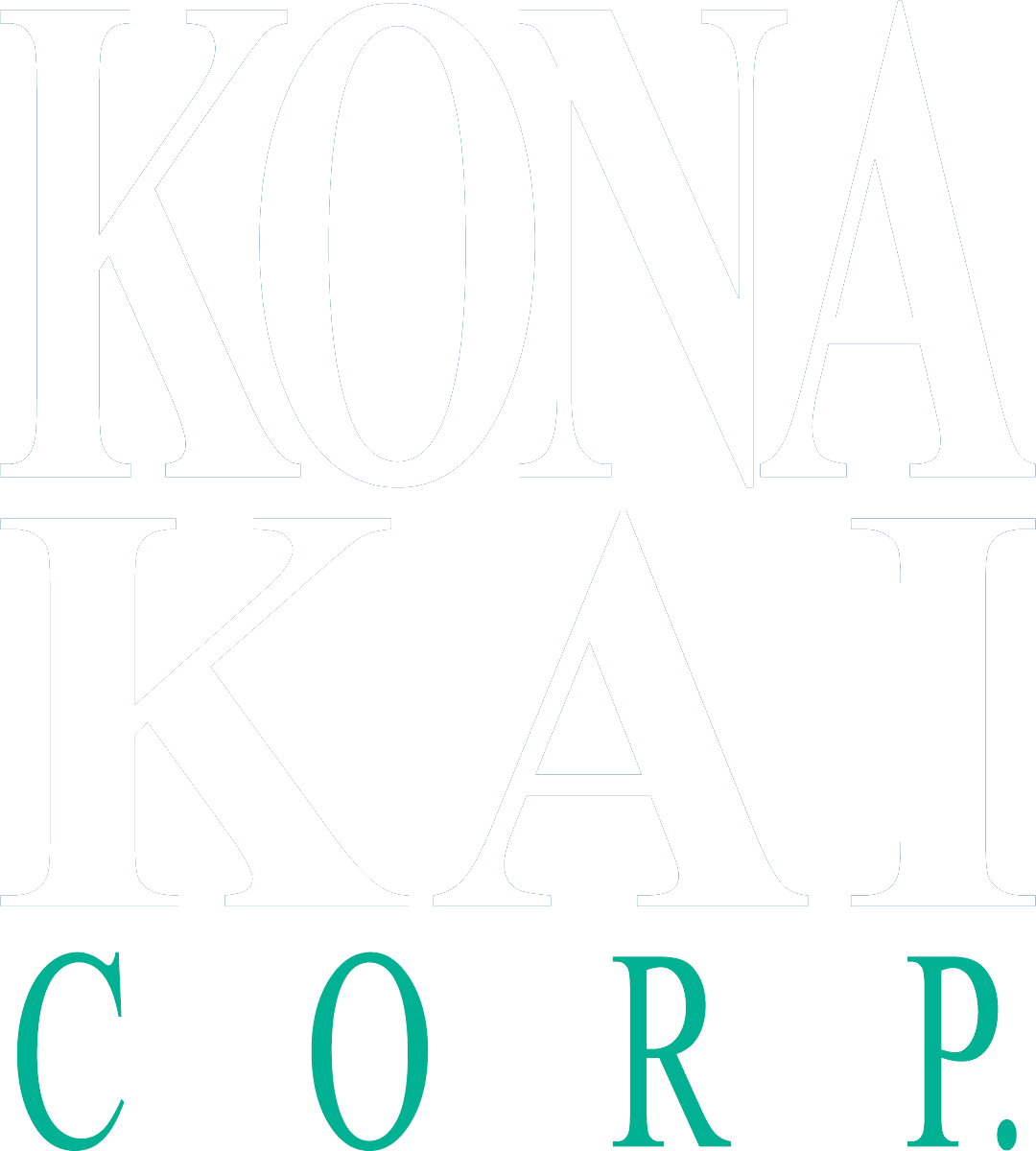By Carly Whitte
•
February 17, 2025
Looking to improve your customer relationships and drive business growth? Look no further! In this comprehensive guide, we delve into the basics and benefits of Customer Relationship Management (CRM) to help you master this essential business tool. CRM is a strategy that empowers businesses to build and maintain strong relationships with their customers by effectively managing customer interactions and data. By implementing a robust CRM system, businesses can streamline their sales pipeline, enhance customer service, and generate actionable insights that drive revenue growth. In this guide, we will cover all aspects of CRM, from understanding its core concepts and functionalities to exploring its numerous benefits for your business. We will also discuss different types of CRM systems and provide valuable tips on selecting the right CRM solution for your specific needs. Whether you are a small business owner or part of a large enterprise, this ultimate guide will equip you with the knowledge and insights you need to leverage CRM and cultivate long-lasting customer relationships. So, let's dive in and unlock the power of CRM for your business success! What is Customer Relationship Management (CRM)? Customer Relationship Management (CRM) is a strategic approach that focuses on cultivating and managing relationships with customers. At its core, CRM encompasses a range of practices, technologies, and strategies designed to analyze and manage customer interactions throughout the customer lifecycle. The goal is to enhance customer satisfaction, foster loyalty, and ultimately drive sales growth. By collecting and analyzing customer data, businesses can gain valuable insights into customer preferences, behaviors, and needs. This allows for more personalized communication and targeted marketing efforts. The concept of CRM extends beyond mere customer service. It involves a holistic view of customer interactions across all touchpoints, including sales, marketing, customer support, and even product development. With advancements in technology, CRM systems have evolved from simple databases to comprehensive platforms that integrate various functions within an organization. This means that all departments can access a unified view of customer information, leading to improved collaboration and a more seamless customer experience. Moreover, CRM systems can automate repetitive tasks, such as sending follow-up emails or scheduling appointments, which frees up valuable time for employees to focus on more strategic activities. As a result, companies can not only improve their operational efficiency but also build stronger relationships with customers by responding to their needs in a timely and informed manner. Overall, CRM is about understanding customers better and enhancing their experience to drive business success. Importance of CRM for Businesses The importance of CRM for businesses cannot be overstated, as it serves as a cornerstone for building sustainable customer relationships. In today's competitive marketplace, retaining existing customers is often more cost-effective than acquiring new ones. A robust CRM system enables businesses to understand their customers' preferences and behaviors, allowing for tailored marketing strategies that resonate with their target audience. This personalization leads to higher customer satisfaction and retention rates, ultimately boosting profitability. Additionally, CRM systems play a crucial role in data management. Organizations collect vast amounts of data from various channels, including social media, email interactions, and website visits. A centralized CRM system consolidates this information, providing businesses with actionable insights that can inform decision-making processes. By leveraging data analytics, companies can identify trends, forecast customer needs, and make informed strategic choices that enhance overall business performance. Another key aspect of CRM's importance lies in its ability to improve communication within an organization. By having access to shared customer information, employees across different departments can collaborate more effectively. This alignment fosters a customer-centric culture where everyone is working towards the common goal of enhancing the customer experience. Ultimately, a well-implemented CRM strategy not only strengthens customer relationships but also drives operational excellence and long-term growth for businesses. Key Components of a CRM CRM systems are built on several key components that work together to manage customer relationships effectively. The first component is data management , which involves collecting, storing, and organizing customer information. This data can include contact details, purchase history, communication records, and preferences. Proper data management ensures that businesses have accurate and up-to-date information that can be easily accessed by employees when needed. Another essential component is customer interaction tracking . This feature allows businesses to monitor and document every interaction with customers, whether it occurs through phone calls, emails, or social media. By keeping a detailed log of these interactions, organizations can better understand customer behavior and preferences, enabling them to tailor their approach for maximum impact. This tracking also helps identify any issues or challenges that customers may encounter, facilitating timely resolutions. CRM workflows help automate standard interactions , reducing manual tasks and improving efficiency. Common automations include: Lead Routing: Automatically assigning leads to the right sales rep based on predefined criteria. Follow-Up Reminders: Triggering automated emails or task reminders to ensure timely customer engagement. Approval Processes: Streamlining internal approvals for discounts, contract sign-offs, or customer requests. Case Management: Automatically escalating support tickets based on priority and response times. Many industries require tailored CRM solutions to meet their unique needs. In insurance and financial services, CRMs help manage policyholder information, track claims, and ensure compliance through automated workflows. Healthcare organizations rely on CRM systems for patient relationship management, appointment scheduling, and secure, HIPAA-compliant data storage. In retail and e-commerce, businesses use CRMs to analyze customer purchase history, create personalized marketing campaigns, and manage loyalty programs. For manufacturing and B2B sales, CRMs streamline quote generation, order tracking, and supply chain management, ensuring seamless operations and improved customer relationships. Finally, analytics and reporting are vital components of CRM systems. This functionality provides businesses with insights into customer trends, sales performance, and marketing effectiveness. By analyzing this data, companies can identify opportunities for improvement, optimize their strategies, and make data-driven decisions. In summary, the key components of CRM—data management, customer interaction tracking, and analytics—work together to create a comprehensive framework for enhancing customer relationships and driving business success. Benefits of Implementing a CRM system Implementing a CRM system offers numerous benefits that can significantly enhance a business's operations and customer relationships. One of the primary advantages is improved customer service. With a CRM system, customer service representatives have access to a wealth of information about each customer, including their purchase history and preferences. This allows them to provide personalized support and resolve issues more efficiently, leading to increased customer satisfaction and loyalty. Another significant benefit is increased sales and revenue. CRM systems help streamline the sales process by automating various tasks, such as lead tracking and follow-up reminders. This automation allows sales teams to focus on building relationships and closing deals rather than getting bogged down in administrative work. Additionally, CRM systems can identify cross-selling and upselling opportunities by analyzing customer data, further boosting sales. Furthermore, CRM implementation fosters better marketing strategies. By analyzing customer data, businesses can segment their audience and create targeted marketing campaigns that resonate with specific demographics. This targeted approach not only increases the effectiveness of marketing efforts but also maximizes return on investment (ROI). Overall, the benefits of implementing CRM are multifaceted, leading to enhanced customer service, increased sales, and improved marketing effectiveness. Different Types of CRM Systems CRM systems can be categorized into three primary types: operational, analytical, and collaborative. Operational CRM focuses on automating and enhancing customer-facing processes, such as sales, marketing, and customer service. This type of CRM enables businesses to manage their interactions with customers efficiently, ensuring that all communications are tracked and recorded. The automation of routine tasks allows employees to focus on building relationships and addressing customer needs. Analytical CRM , on the other hand, emphasizes data analysis and insights. This type of CRM allows businesses to collect and analyze customer data to understand behavior patterns, preferences, and trends. By leveraging this information, organizations can make informed decisions regarding marketing strategies, product development, and customer segmentation. Analytical CRM helps businesses identify opportunities for growth and improvement by turning data into actionable insights. Lastly, collaborative CRM focuses on enhancing communication and collaboration among different departments within an organization. This type of CRM ensures that all teams, from sales to customer support, have access to the same customer information. This shared access fosters a unified approach to customer relationship management, allowing for better coordination and a more seamless customer experience. Each type of CRM serves unique purposes, and businesses can choose a system or a combination of systems that best fits their needs. Choosing the Right CRM Software for Your Business Selecting the right CRM software is a critical decision that can impact your business's success. Start by assessing your specific needs and goals. Consider what you aim to achieve with a CRM system, whether it’s improving sales processes, enhancing customer service, or gaining insights from data analytics. Defining your objectives will help narrow down the options available and ensure that you choose a solution that aligns with your business strategy. Another essential factor to consider is the scalability of the CRM software . As your business grows, your CRM needs may evolve . Choose a solution that can scale with your organization, accommodating an increasing number of users and expanding functionalities. Additionally, ensure that the software can integrate with other tools and systems you currently use, such as marketing automation platforms and accounting software. This integration will streamline processes and create a more cohesive workflow. Finally, take into account the user experience and support offered by the CRM provider. A user-friendly interface will facilitate adoption among your team, reducing the learning curve and promoting engagement. Moreover, consider the level of customer support provided by the CRM vendor. Reliable support is crucial for troubleshooting issues and ensuring that your team can maximize the benefits of the software. By carefully evaluating these factors, you can select a CRM solution that meets your needs and drives your business forward. Implementing a CRM in Your Organization Implementing a CRM system in your organization requires careful planning and execution to ensure its success. Begin by creating a clear implementation strategy that outlines your goals, timelines, and key stakeholders. Involve representatives from various departments, such as sales, marketing, and customer service, to gather input and foster buy-in from the team. This collaborative approach ensures that the CRM system is tailored to address specific needs and challenges across the organization. Next, invest time in data access and cleaning before launching the CRM system. This process involves integrating or mapping existing customer data from legacy systems into the new CRM platform. Ensure that the data is accurate, complete, and formatted correctly to avoid complications during migration. Additionally, consider setting up data governance practices to maintain data quality moving forward. Proper data management will serve as the foundation for effective CRM utilization. Once the system is in place, prioritize training and onboarding for your staff. Provide comprehensive training sessions to familiarize employees with the CRM software's features and functionalities. Encourage ongoing learning and support to help them adapt to the new system. Regularly solicit feedback from users to identify areas for improvement and ensure that the CRM solution continues to meet the evolving needs of your organization. A well-executed implementation process sets the stage for successful CRM adoption and utilization. Best Practices for Successful CRM Implementation To achieve a successful CRM implementation, businesses should adhere to several best practices that facilitate smooth adoption and maximize the benefits of the system. One key practice is to establish clear objectives and metrics for success. Defining specific goals, such as improving customer satisfaction scores or increasing sales conversion rates, provides a benchmark for evaluating the effectiveness of the CRM system. Establishing key performance indicators (KPIs) allows teams to measure progress and make data-driven adjustments as needed. Another best practice is to promote a customer-centric culture within the organization. Encourage all employees to understand the importance of customer relationships and how their roles contribute to overall customer satisfaction. Regularly communicate the value of the CRM system and share success stories that highlight its positive impact on customer interactions. By fostering a culture that prioritizes customer relationships, organizations can enhance the effectiveness of their CRM initiatives. Additionally, continuous training and support are critical for long-term success. As the CRM system evolves and new features are introduced, ongoing training ensures that employees remain proficient and engaged with the software. Provide resources, such as user guides and access to support teams, to assist employees in overcoming challenges. By investing in continuous learning and support, businesses can maximize the potential of their CRM system and drive sustained improvements in customer relationship management. The Future of CRM in the Business World As businesses continue to evolve in an increasingly digital landscape, the future of CRM appears promising and dynamic. Emerging technologies, such as artificial intelligence (AI) and machine learning , are revolutionizing CRM systems by enabling more sophisticated data analysis and automation. These advancements will allow organizations to gain deeper insights into customer behavior, predict future trends, and deliver hyper-personalized experiences that drive loyalty and engagement. Moreover, the integration of CRM systems with other technologies, such as chatbots and social media platforms, will further enhance customer interactions. Businesses will have the opportunity to engage with customers across multiple channels, providing seamless experiences that cater to their preferences. This omnichannel approach will be crucial for meeting the expectations of modern consumers who demand convenience and personalization. CRM is no longer just a tool for managing customer relationships; it is a strategic asset that can drive business growth and success. As organizations embrace the evolving capabilities of CRM technology, they will be better equipped to navigate the challenges of the future and foster long-lasting relationships with their customers. By understanding the fundamentals of CRM and implementing best practices, businesses can unlock the full potential of this essential tool and thrive in an ever-changing market landscape. Begin your evolution.












